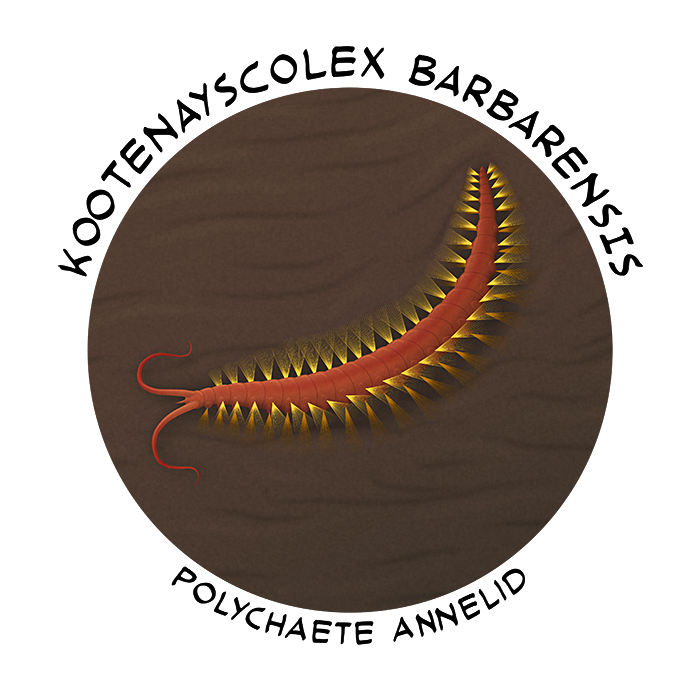Annelids are a large phylum of segmented worms, found worldwide in marine, freshwater, and terrestrial habitats. Their modern diversity includes bristle worms, tubeworms, earthworms, and leeches, and many burrowing species are hugely ecologically important due to their activities aerating and enriching soil and sediments.
As part of the spiralian lineage they’re considered to be members of a grouping called lophotrochozoans, closely related to animals like molluscs, brachiopods, bryozoans, and ribbon worms. But the exact positions of everything within that evolutionary tree is currently a bit uncertain, with different studies coming up with different answers – annelids might be a basal lineage of lophotrochozoans, or they might be closely related to molluscs, or they might instead be the closest relatives of ribbon worms and flatworms.
Like many other soft-bodied animals annelids have a poor fossil record. The Ediacaran Kimberella and Namacalathus may have been early lophotrochozoans, and the abundant “small shelly fossils” of cloudinids known from the Ediacaran-Cambrian boundary (~541 million years ago) may represent the tubes of early annelids. But otherwise some of the first definite annelid body fossils are bristle worm polychaetes from the early Cambrian.

One of the earliest known species is Ipoliknus avitus, found in the Chinese Chengjiang fossil deposits (~518 million years ago). Around 2.5cm long (1″), this worm seems to be one of the most basal annelids, representing a very early stem lineage.
It had about 50 body segments with prominent bristles, and its back was covered in tiny sclerites. While its front end wasn’t preserved, it probably looked much like that of the similarly-aged Phragmochaeta canicularis from Greenland – not really having a differentiated head, lacking any obvious sensory appendages or jaws, and bearing the same sort of bristles as the body segments.
The presence of sclerite armor on this species may hint at an evolutionary relationship to the early-mollusc-like halwaxiids, suggesting that ancestral annelids might have been similarly heavily armored.

Kootenayscolex barbarensis is known from the Canadian Burgess Shale fossil deposits (~508 million years ago), and shows some clues about the evolutionary development of annelids’ heads.
It was about 2.5cm long (1″) and had a more defined head bearing both long sensory palps and bundles of bristles – suggesting that annelids gradually modified and specialized their frontmost generic segments into a head rather than it originating from a separate “pre-segmental” structure.
